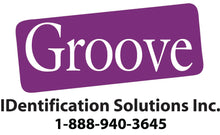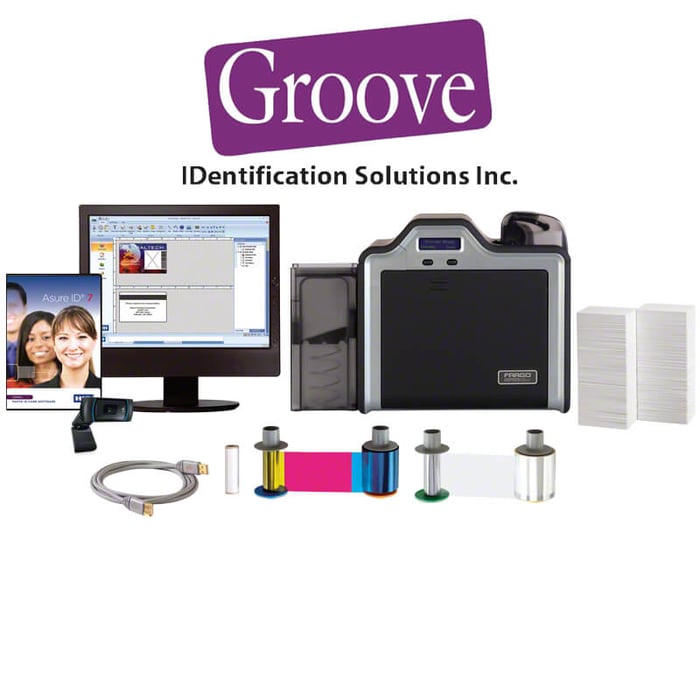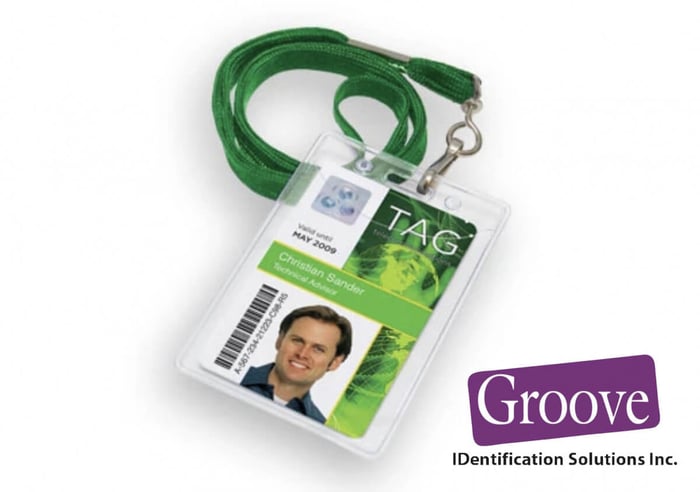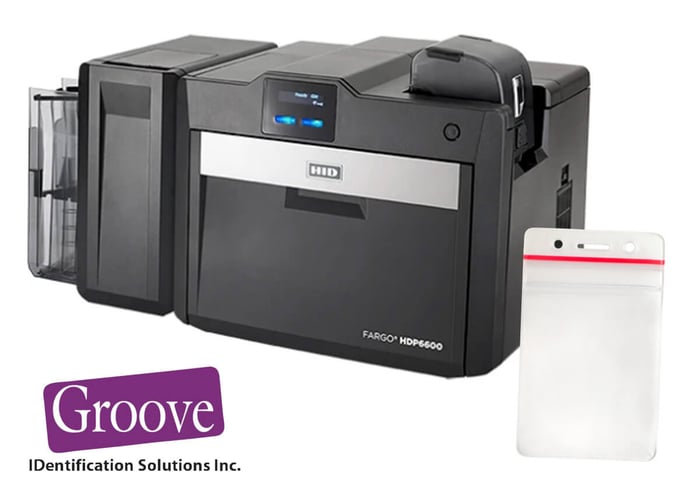What Kind Of ID Card Printer Do I Need For My Badges?
So, you’ve worked out your ID card design and determined that you’re going to print selected employee information on their badges. Now it’s time to think about what type of printer you’ll need to create your cards. There are two broad categories of printing methods for security cards. They’re called Direct-to-Card and Retransfer Printing.
Direct to Card Printing
Direct-to-Card is the traditional way to print security badges. As the name suggests, this type of printer applies the printer ribbon directly to the card. Manufacturers call this process “dye sublimation.” The printer uses an ink ribbon.
The printhead consists of tiny glass pixels that press the ink directly onto the surface of the card. The printhead can’t quite make it to the outside edges of the card using this technique.
For that reason, this type of printer always leaves a small, white border around the card’s edges. It’s a matter of taste whether this makes the card less attractive.

Dye-sublimation printing uses the standard four colour ink printing scheme of cyan, magenta, yellow and black (CMYK). The printer ribbon contains a band of each colour. The card passes through the printer several times, allowing the printhead to apply each colour individually.
For dye sublimation printing to work well, the printhead needs a porous surface. This requirement makes PVC cards the best card stock to use in this application.
As a well-established technology, direct-to-card printers are more common, more affordable and faster. Overall, the cost of each card your facility prints will usually be lower with a direct-to-card system.
Retransfer Printing
Manufacturers have introduced retransfer printers more recently to meet the needs of more sophisticated technology cards. These cards have more uneven surfaces, which cause printing flaws and can damage direct-to-card printheads. Although meant mainly for smart cards, most retransfer printers can print on conventional card stock as well.
This technology also provides the capability to print to the edge of the card. Other names for the retransfer process include “over-the-edge,” “reverse transfer,” or “high-definition” card printing. With these printers, the printhead never comes into contact with the card surface.

Retransfer printers also use an ink ribbon, but it works in combination with a card-sized sheet of clear film. The film provides a smoother surface for the printhead to print on, which reduces the imperfections in print quality from uneven card surfaces.
The printhead applies the ink onto the reverse side of the film. It then rolls the film onto the card surface and bonds the materials together using heat.
The film is the same size as the card so that these printers can print to the card’s edge. People who work with printing presses call this effect “full bleed.” It does away with the characteristic white frame around the edge of the card caused by direct-to-card technology.
With a retransfer printer, you’ll be using three types of supplies--the ink ribbons, the cards, and the film sheets. This supply requirement will raise your cost per card. All things being equal, your retransfer printer will also be slower than a direct-to-card printer.
Most of our customers prefer to use composite card stock rather than PVC cards when using a retransfer printer. This way, they avoid having any cards warp or bend from the heat process that applies the film to the card stock.

Better Looking and More Durable Cards
The payback for these considerations is that you’ll end up with better looking and more durable cards than with a direct-to-card system. The colours are more vibrant and saturated with this technology, and there are fewer imperfections in the finished card.
These premium quality cards are harder to counterfeit, which deters intruders and fraudsters from copying them. Since these cards use a surface film, it’s easier to spot when someone has tampered with one because they’ll damage the film.
If you’re on a budget, or you’ll be printing high volumes of conventional PVC cards with your system, your best choice will often be a direct-to-transfer printer. Suppose speed isn’t paramount, and you want your ID cards to make a good impression supporting your visual identity. In that case, you may prefer to use a retransfer printer to focus on image quality.
Choosing the Right Printer and Supplies
Choosing the right printer and the optimal supplies to go with it can feel challenging, giving the range of brands and models on the market. Of course, our team at Groove Identification Solutions is always available to support you and assure you that you’re making the best possible choice.
We can work with you to find the ideal badge printing technologies to meet your needs. We’re happy to review your options and help you choose the printer and card stock combination that keep your work processes running smoothly.
If you’re planning a new ID card printing system or have one in place, we’d love to hear about your card production experiences or answer any questions you may have.
Please share your thoughts with us and we will be happy to help you find the right ID Card Printer for you! 1-888-940-3645
Click Here to Browse our Large Selection of Photo ID Printers!




